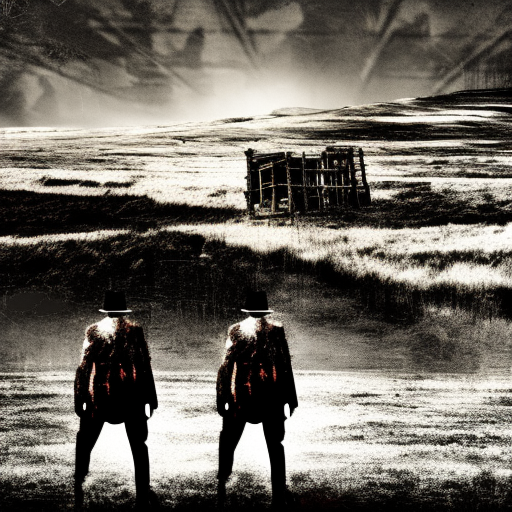One-line summary:
“Ham on Rye” is a coming-of-age novel that explores the struggles of a young boy named Henry Chinaski as he navigates a dysfunctional family, bullying, and his own identity in 1930s America.
A Troubled Childhood
Henry Chinaski, the protagonist of “Ham on Rye,” grows up in a dysfunctional family in 1930s America. His parents are distant and unsupportive, and his father is often absent. Henry’s childhood is marked by loneliness, poverty, and a lack of emotional connection. He finds solace in books and develops a cynical outlook on life.
The Brutal Reality of Bullying
As Henry enters school, he becomes a target for bullies due to his physical appearance and introverted nature. He endures relentless torment, both physical and emotional, which further isolates him from his peers. The bullying shapes Henry’s worldview, making him resentful and bitter.
The Search for Identity
As Henry grows older, he grapples with his own identity and place in the world. He struggles with acne, a speech impediment, and a lack of confidence, which hinder his interactions with others. Henry’s experiences with girls and his attempts to fit in with different social groups highlight his ongoing search for acceptance and self-discovery.
Growing up in a dysfunctional family, Henry Chinaski faces numerous challenges that shape his character and worldview. His parents are distant and uninvolved in his life, leaving him to navigate the complexities of childhood on his own. Henry’s father, a failed inventor, spends most of his time away from home, leaving his mother to care for Henry and his younger brother. However, she is often preoccupied with her own struggles, leaving Henry feeling neglected and emotionally detached.
As Henry enters school, he becomes a target for bullies due to his physical appearance and introverted nature. He endures relentless torment, both physical and emotional, which further isolates him from his peers. The bullying takes a toll on Henry’s self-esteem, reinforcing his belief that he is an outsider and reinforcing his cynical outlook on life.
Despite his hardships, Henry finds solace in books and literature. He becomes an avid reader, immersing himself in the works of authors such as Dostoevsky and H.L. Mencken. These literary influences shape his perspective on the world and provide him with an escape from his troubled reality.
As Henry grows older, he becomes increasingly aware of his own identity and struggles to find his place in the world. He battles with acne, a speech impediment, and a lack of confidence, which hinder his interactions with others. Henry’s experiences with girls and his attempts to fit in with different social groups highlight his ongoing search for acceptance and self-discovery.
Throughout “Ham on Rye,” author Charles Bukowski explores themes of alienation, the impact of childhood experiences, and the search for identity. The novel offers a raw and unfiltered portrayal of Henry’s journey, depicting the harsh realities of growing up in a society that often fails to nurture and support its young.
Key takeaways from “Ham on Rye” include:
- The impact of childhood experiences on shaping one’s identity
- The lasting effects of bullying and social isolation
- The importance of finding solace and escape through literature
- The struggle to fit in and find acceptance
- The search for meaning and self-discovery
In conclusion, “Ham on Rye” is a poignant coming-of-age novel that delves into the struggles of a young boy named Henry Chinaski as he navigates a dysfunctional family, bullying, and his own identity in 1930s America. Through Henry’s experiences, Charles Bukowski offers a raw and honest portrayal of the challenges faced by many individuals as they grow up. The novel serves as a reminder of the lasting impact of childhood experiences and the ongoing search for acceptance and self-discovery.
“I had absolutely no interest in school. I wanted to learn, but I didn’t want to be told what to learn.” – Charles Bukowski












